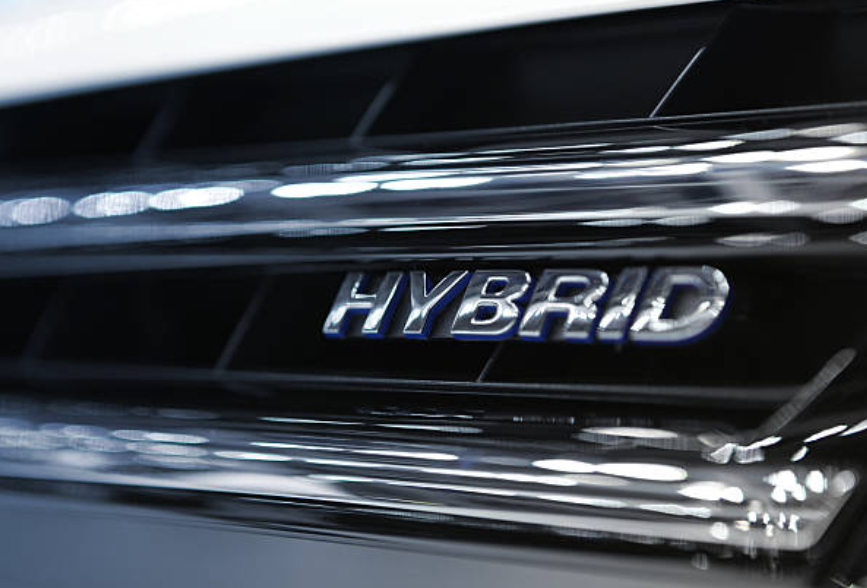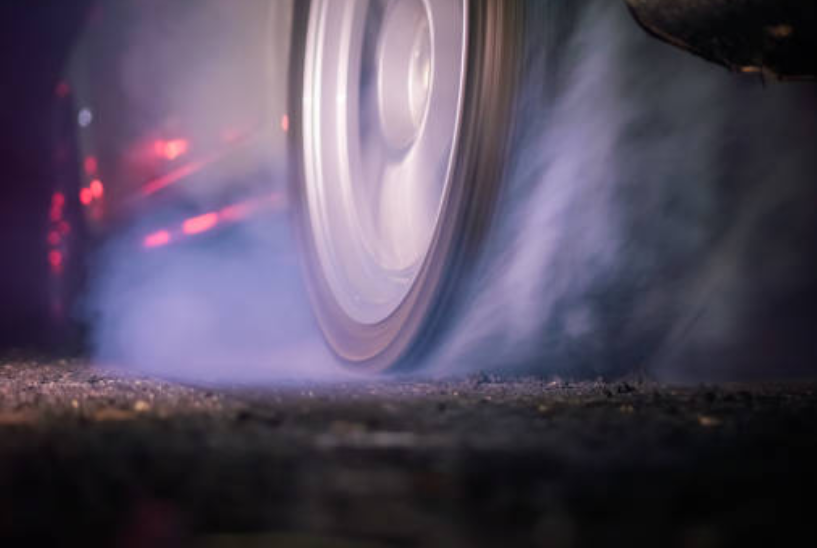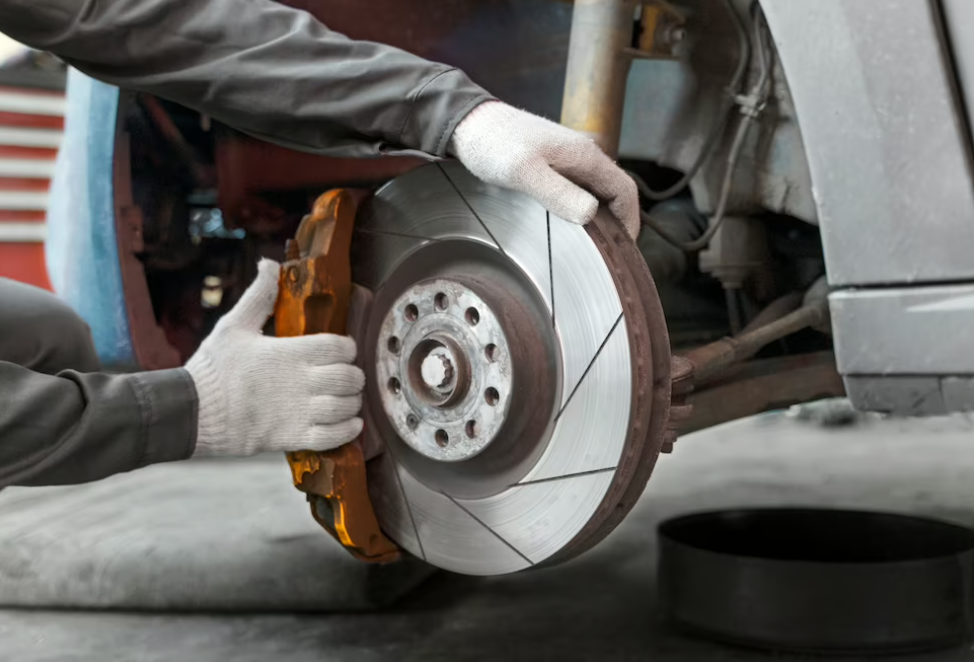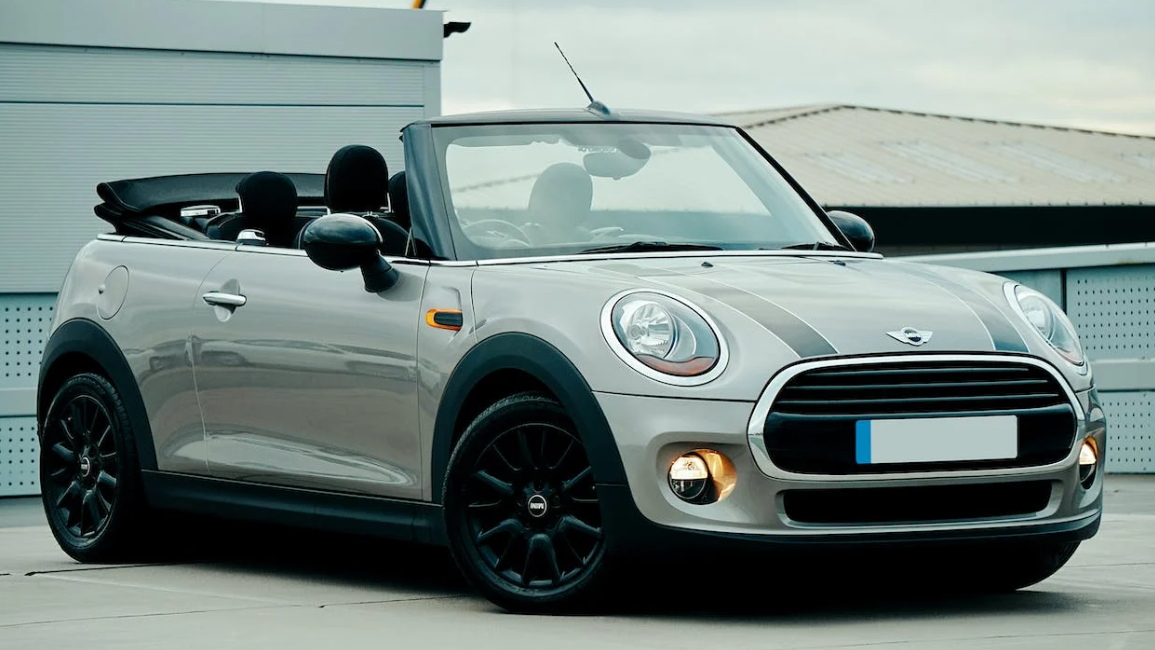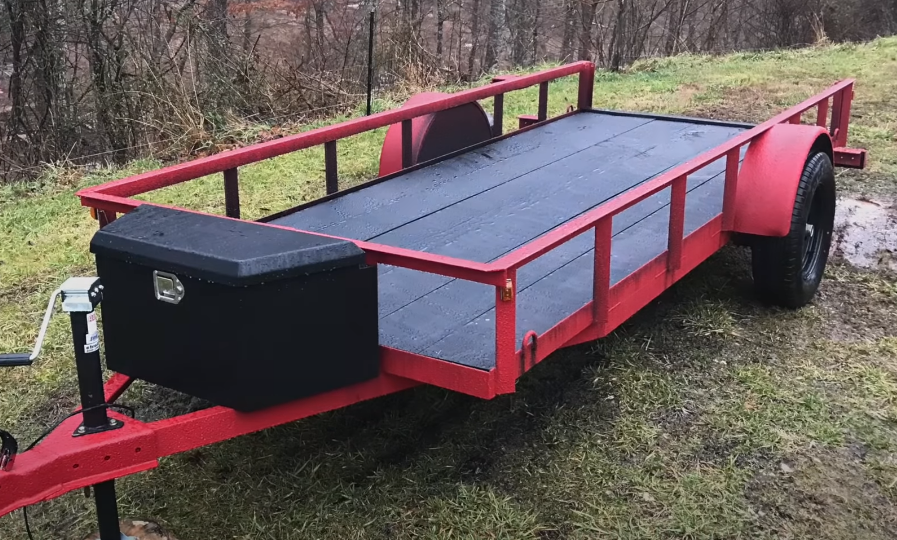Road Trip Tips: How To Prepare Your Car For A Road Trip.
The big road trip you have been dreaming about is finally approaching—you have been looking forward to it for months. Though you know the main sights you want to see and have planned your journey, there are a few more logistics to take into account. You should specifically confirm that your car is capable of doing so.

This blog post will give you a few tips along the way that will help you make sure all of your car-related paperwork is in order.
What’s The Best Vehicle For A Cross-Country Road Trip?
Regrettably, there isn't a universal solution for determining the ideal vehicle for a cross-country journey or a shorter road trip. However, various factors should be considered based on your specific circumstances. If you're traveling solo, smaller vehicles are generally preferable. They offer efficient gas mileage and easier parking while still accommodating your gear. You should have a separate trunk for secure storage. Alternatively, if you anticipate occasional sleeping arrangements within the vehicle, a hatchback or wagon might be more suitable, allowing you to fold down the rear seats to create a bed.

For most people, a small SUV offers a well-rounded option. Choose one with all-wheel drive or four-wheel drive if you want to drive across tough terrain. This keeps a good balance between storage space, fuel efficiency, and mobility while broadening the selection of locations and camping areas.
The question of whether your car is too old for a road trip pales in comparison to assessing its current condition. Road trips can strain various systems in your vehicle, so it's crucial to evaluate objectively how well everything is functioning. Have you noticed any unusual sounds, like grinding or rubbing? Such issues can escalate into significant problems during extended drives. Additionally, consider the type of terrain you plan to traverse. If your car's suspension is showing signs of wear, it might be prudent to explore alternative options.

The following is a quick checklist of important things to look out for:
Tires: Assess tire wear and replace them if necessary. Choose tires suitable for the conditions you'll encounter. Highway tires are optimal for predominantly highway driving, providing quietness and enhanced mileage. For ventures onto dirt roads, consider all-terrain tires for superior traction.
Engine and brakes: Check the state of your vehicle's heating and air conditioning system, engine, and brakes.
Lights: Check every light, and change out any dim or broken bulbs.
Wiper blades: To maintain visibility in bad weather, replace worn-out wiper blades.
Battery: Examine the condition of the battery and replace it if necessary.
Wiper fluid: When choosing wiper fluid, especially for winter travels, be sure it is rated for extremely low temperatures.
Motor oil: If you are going through a cold climate, think about changing your oil. Choose a winter-friendly oil that fits your engine's standards, as listed in the owner's manual.
If your vehicle passes these checks satisfactorily, it's likely suitable for an extended journey. However, if any issues arise, renting a car for your road trip could be a viable solution. Rental vehicles typically offer newer models with advanced features, addressing the potential shortcomings of your current car. Additionally, rentals can be advantageous if your car isn't well-suited for certain conditions, such as snow or sand. Despite the benefits, it's essential to weigh the costs associated with rentals. Research various rental options, ensuring they provide unlimited mileage or sufficient mileage for your trip duration. Exploring rental companies offering older vehicles might yield cost-effective alternatives.
Depending on the season and location, different trips will have different requirements, but there are a few things that are always good to have in your vehicle.

Flashlights: Have at least two in your car, and do yourself a favor: make one of them a headlamp.
Food and water: If you get stuck in the snow, you will likely need some calories to sustain yourself. Look for non-perishable items that also won’t freeze into a brick. Because water most certainly will freeze into a brick, I’d recommend keeping spare bottles in the car instead of in the trunk.
Road flares: If you end up with a dead car on the side of the road in the middle of a storm, you want your car to be as visible as humanly possible so a driver (or a snowplow) doesn’t hit you. Road flares are cheap and highly visible.
Jumper cables: Having one set of these can save you a lot of time waiting for a tow truck.
First aid kit: This is something you should always keep in your car in case of a minor accident.
Car charger and portable USB power pack: You likely already have some way to charge your phone in your car. If you don’t, get one. Additionally, carry a portable USB power pack to charge your phone and other gadgets should your car’s electrical system go out.
Spare batteries: For anything that takes batteries (flashlights, your car’s key fob, etc.).
Multitool: In addition to the tools you hopefully have for maintaining your car (a cheap socket set, a jack, a tire iron, etc.), it’s good to have a multitool for working on smaller things. It can be helpful for cooking, repairs, and even medical work.
Blankets and warm clothes: Got an old, heavy winter jacket that’s too ugly to wear in public? Keep it in the trunk! Add some warm gloves and a rainponcho as well.
You made it home safely, and your vehicle survived the trip. Congrats to you both! Now give your car some extra love. Take it in for an oil change when you get back, as those long hours can impart extra heat to your system. You’ll also want to take a look at your air filters, especially if you drove down some dusty roads. Get your tires rotated and inspected for wear.
Inspect your windows, mirrors, and windshield for any chips or cracks that require attention before they propagate. Additionally, there is a probability that flying pebbles thrown by other cars caused more than a few chips in your paint. Spend some time repairing those as soon as possible to prevent rust. The owner's manual for your automobile or your nearby dealer can tell you what color paint you need. You will have to spend a lot of time with sandpaper if you wait too long, and trust me—it is not enjoyable.
How do I prepare my car's cooling system for a road trip?
Inspect the hoses for wear, check the coolant levels, flush and replenish the radiator if necessary, and have a mechanic check the radiator.
What are some tips for maintaining tire pressure during a road trip?
Inspect tires for wear or damage on a regular basis, check tire pressure in the cold, make adjustments for heavy loads, and think about using a portable tire inflator.
How can I ensure my car's brakes are ready for a long road trip?
Check brake fluid levels, inspect brake pads and rotors for wear, and have brakes inspected by a mechanic if needed.

In conclusion, road trips are thrilling adventures, so making sure your car is prepared for the ride is essential. You can have a smooth and worry-free drive by taking care of important details like vehicle appropriateness, maintenance inspections, and packing necessities. A thorough plan and attention to detail may make all the difference in making your ideal road trip a reality, whether it is evaluating the state of your automobile or becoming ready for any emergency. So grab a seat, get behind the wheel, and make lifelong memories. Happy travels!
Click on the following link to read another blog post: Advancing Vehicle Control: The Evolution of Rear Steering


